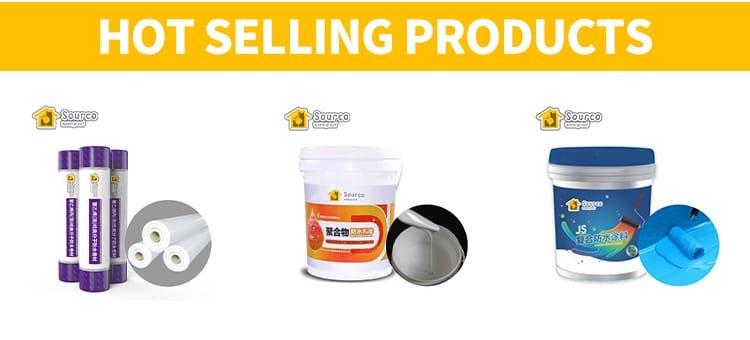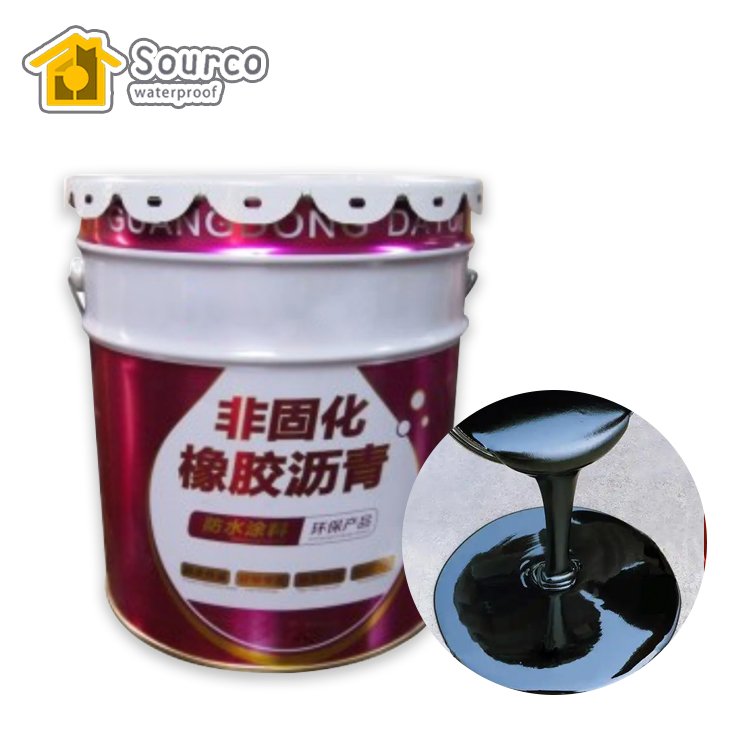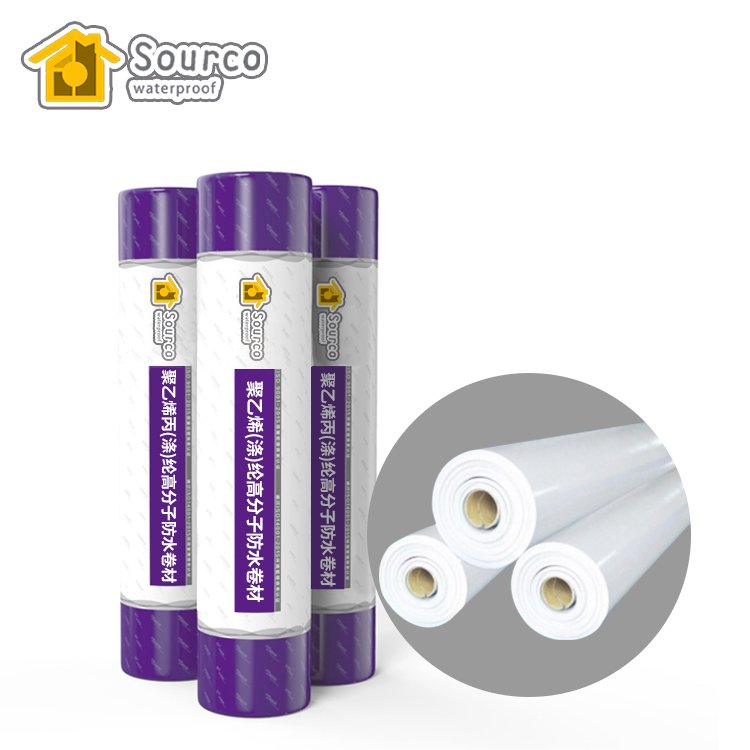
Grouting fluid
Our polyurethane grouting fluid is a high-performance waterproof solution designed for leak plugging, structural reinforcement, and water seepage prevention. Available in oil-based and water-based formulations, it adapts to various construction needs. The oil-based grout is ideal for drier environments, forming a durable, high-strength waterproof layer, while the water-based grout excels in wet conditions, expanding quickly to seal cracks effectively. Both types offer strong adhesion, excellent chemical resistance, and easy application, ensuring long-lasting, stable waterproofing for tunnels, subways, dams, basements, and industrial structures. Safe, non-toxic, and environmentally friendly, it is the perfect solution for professional waterproofing projects.
Grouting fluid DESCRIPTION
Grouting fluids come in different types, each designed for specific applications. Below are two commonly used grouting products and their features:
1. Oily Polyurethane Grout
An oil-based, high-performance waterproof material ideal for coal mine leak plugging and other dry environments.
-
Efficient Leak Plugging: Rapidly reacts with water, expands, and solidifies to form a dense waterproof layer.
-
Super Bonding: Strong adhesion to concrete, rock, and other surfaces, ensuring long-lasting waterproofing.
-
Corrosion Resistance: Resists acids, alkalis, and salts, making it suitable for complex water conditions.
-
Easy Application: Excellent fluidity, simple injection process, non-toxic after curing, and environmentally friendly.
2. Water-Based Polyurethane Grout
Best suited for tunnels, subways, dams, and wet environments due to its water-based composition.
-
Low Viscosity: Quickly reacts with water, expanding to form an elastic waterproof layer.
-
High Expansion Rate: Highly elastic, with minimal shrinkage, ideal for high-pressure single-liquid grouting machines.
-
Strong Adhesion & Chemical Resistance: Bonds well to substrates and is safe for use in drinking water areas.
Usage Scenarios & Suitability
-
Water-based polyurethane grout is ideal for wet environments and areas with significant water exposure.
-
Oily polyurethane grout is recommended for drier environments due to its solvent-based composition.
Usage & Application Steps
Preparation:
-
Select the appropriate grouting fluid based on construction requirements.
-
Pour the grouting solution into a specialized grouting device, following the product manual.
-
Inspect the leakage area and clean any dirt or debris before starting.
Construction Steps:
-
Drilling: Determine drill hole locations based on leakage patterns, with a hole spacing of 20–50 cm.
-
Install Water-Stop Needles: Securely place the water-stop needle inside each borehole.
-
Pre-Grouting: Inject clean water into cracks to observe leakage points and repair them using a sealing compound.
-
Formal Grouting:
-
Use a hydraulic pressure grouting machine to inject grout from top to bottom.
-
When grout starts flowing from adjacent holes, maintain pressure for 3–5 minutes before moving to the next hole.
-
-
Hole Sealing: Once grouting is complete, cut off excess nozzles and seal holes with cement mortar or plugging compound.
Important Notes:
-
After construction, ensure proper maintenance of the waterproof layer.
-
Wear protective equipment to prevent direct skin contact. If exposed, rinse immediately with plenty of water.










